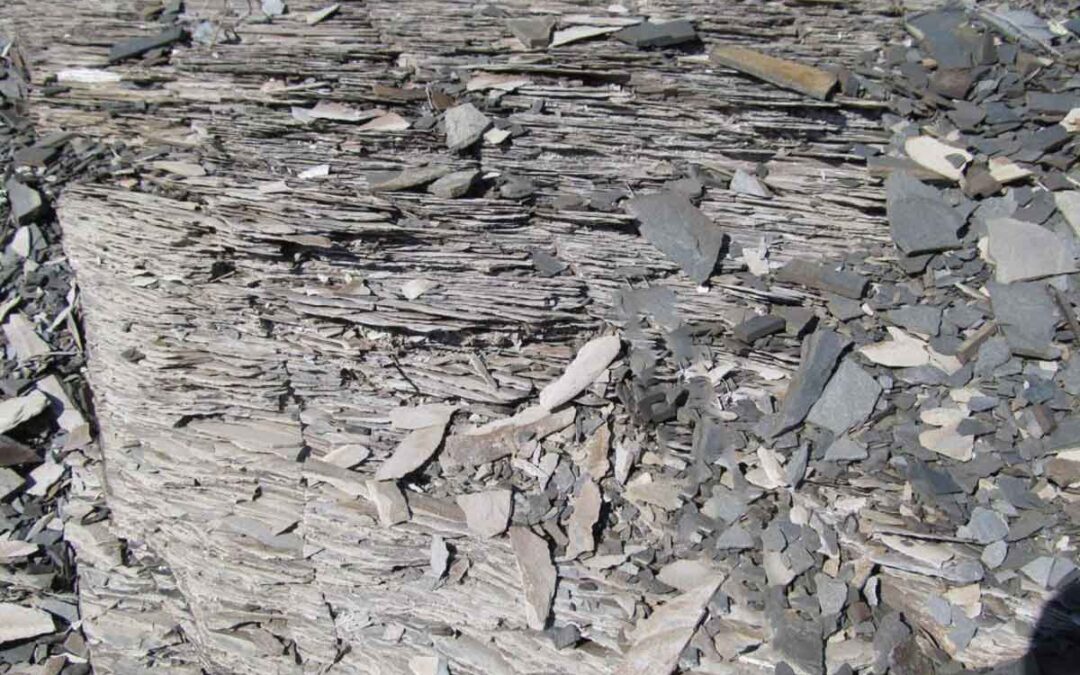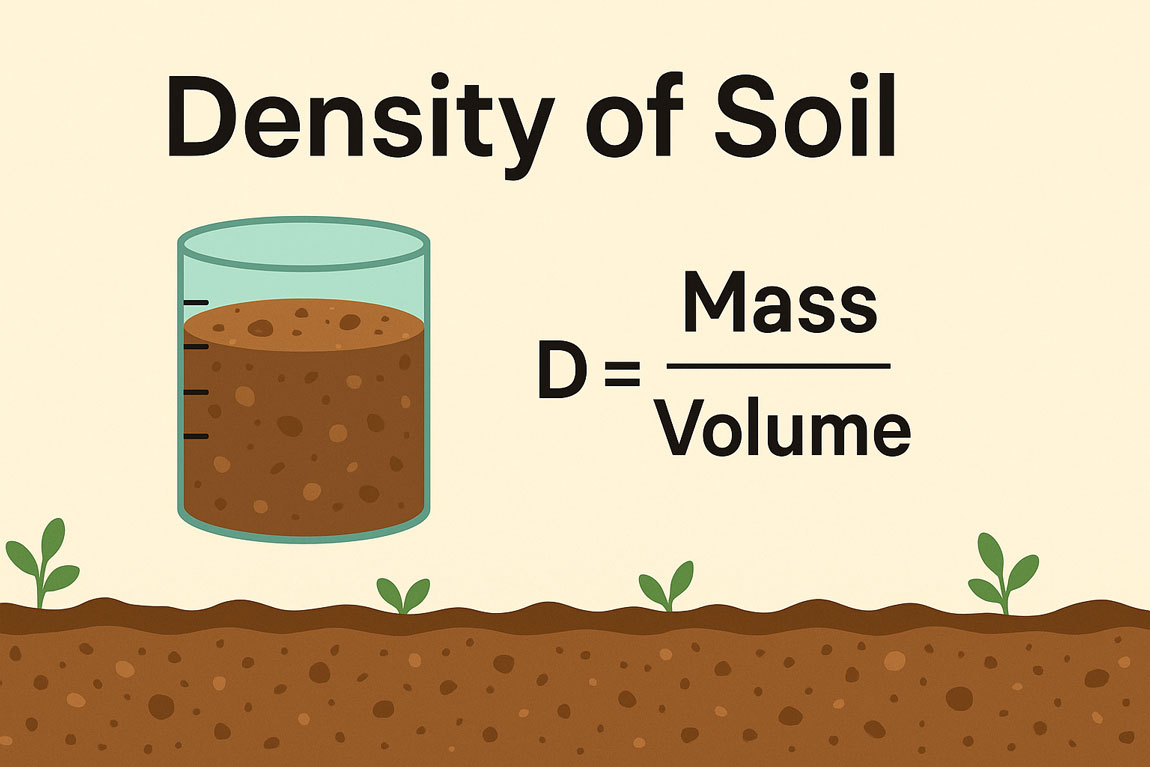Mudrocks are unusual sedimentary rocks that dominate Earth’s geological record. These fine-grained formations often hold valuable insights into our planet’s history and diverse ecosystems, though people often overlook them. In this article, we delve into the fascinating world of mudrocks, examining how they form, their extraordinary types, unique properties, and their significance in shaping Earth’s past.
Mudrocks:
Mudrocks constitute the most abundant lithology, making up approximately 45–55% of sedimentary rock successions. However, weathering easily affects them, vegetation frequently covers them, and they often remain poorly exposed. In addition, their fine grain size often compels researchers to conduct detailed laboratory analyses to study them effectively.
Practically any environment can deposit mudrocks, but significant depositional sites include river floodplains and lakes, large deltas, the more distal areas of clastic shelves, basin slopes, and deep-sea floors.
Types of Mudrocks:
Types of mudrocks are,
- Shale
- Claystone
- Mudstone
- Siltstone
- Marl
- Argillite
Shale:
The fine-grained texture and unique ability to split into thin layers, known as cleavage, make shale the most common type of mudrock. Calm bodies of water, such as lakes, deep oceans, and lagoons, typically deposit fine sediments that form shale over time.
Claystone:
Mudrocks are composed primarily of clay-sized particles. In contrast to shale clays, claystones do not fission. They cannot be easily divided into thin layers. They are often massive and form in low-energy environments similar to shale clays.
Mudstone:
Mudstone is composed of clay and mud-sized particles. In contrast to shale clay, it does not have a pronounced layering structure and is slightly coarser than mudstone. This type of rock occurs in a variety of environments, including floodplains and shallow marine areas.
Siltstone:
Siltstone is composed mainly of mud-sized particles and is coarser than mudstone and clay-rich mud. It has a coarse-grained texture and is commonly found in river deposits and deltaic deposits.
Marl:
Marls are a type of calcareous mudstone rich in calcium carbonate that typically form in shallow seas or lake bottoms, where both clay and carbonates come together.
Argillite:
Argillite is a type of mudrock that has experienced a bit of metamorphosis, indicating it has gone through low-grade metamorphism. As a result, it is denser and tougher than typical mudrocks. You can often find it in areas that have experienced some mild tectonic activity.
Formation of Mudrocks:
Mudrocks formation begins with the weathering and breaking of existing rocks into finer particles. These particles are transported and deposited in low-energy environments such Deep-sea basins, lakes, lagoons, and floodplains – areas where water movement is slow and fine particles settle and accumulate.
Over time, these sediments are compacted under the weight of additional sediments on top. At the same time, chemical processes occur that bind the particles together until they solidify into rock.
Uses of Mudrocks:
Mudrocks are essential for the production of nearly all oil and gas. They are incredibly versatile, serving various functions such as creating barriers to fluid flow, acting as confinement for toxic waste, providing caps for aquifers, and sealing petroleum traps. Additionally, they find applications in making bricks, china, toothpaste, cosmetics, catalysts, decoloring agents, and much more.
Importance of Mudrocks in Geology:
Mudstones play a central role in geology for the following reasons:
Environmental record: They preserve evidence of past climates, waters, and ecosystems.
Hydrocarbon potential: Shale, a type of mudstone, is an important source and reservoir rock for oil and gas.
Economic importance: Mudstones are used in ceramic and cement production and as a building material.
Interesting Facts About Mudrocks:
- About 65% of the Earth’s surface is made up of mudrock.
- Often contains sediments and provides important insights into past ecosystems.
- The most prominent example is the Burgess Shale in Canada, a famous mudstone known for its unusual features.
Conclusion:
Mudrocks may not always be as visible as more coarse-grained rocks, but it plays a major role in unraveling the mysteries of Earth’s history and ecology. Their structure, types, and economic and scientific importance tell us what our planet is like and how it will evolve in the future. As we delve deeper into the mysteries of Earth, these small rocks continue to form the foundation of sedimentary deposits.






